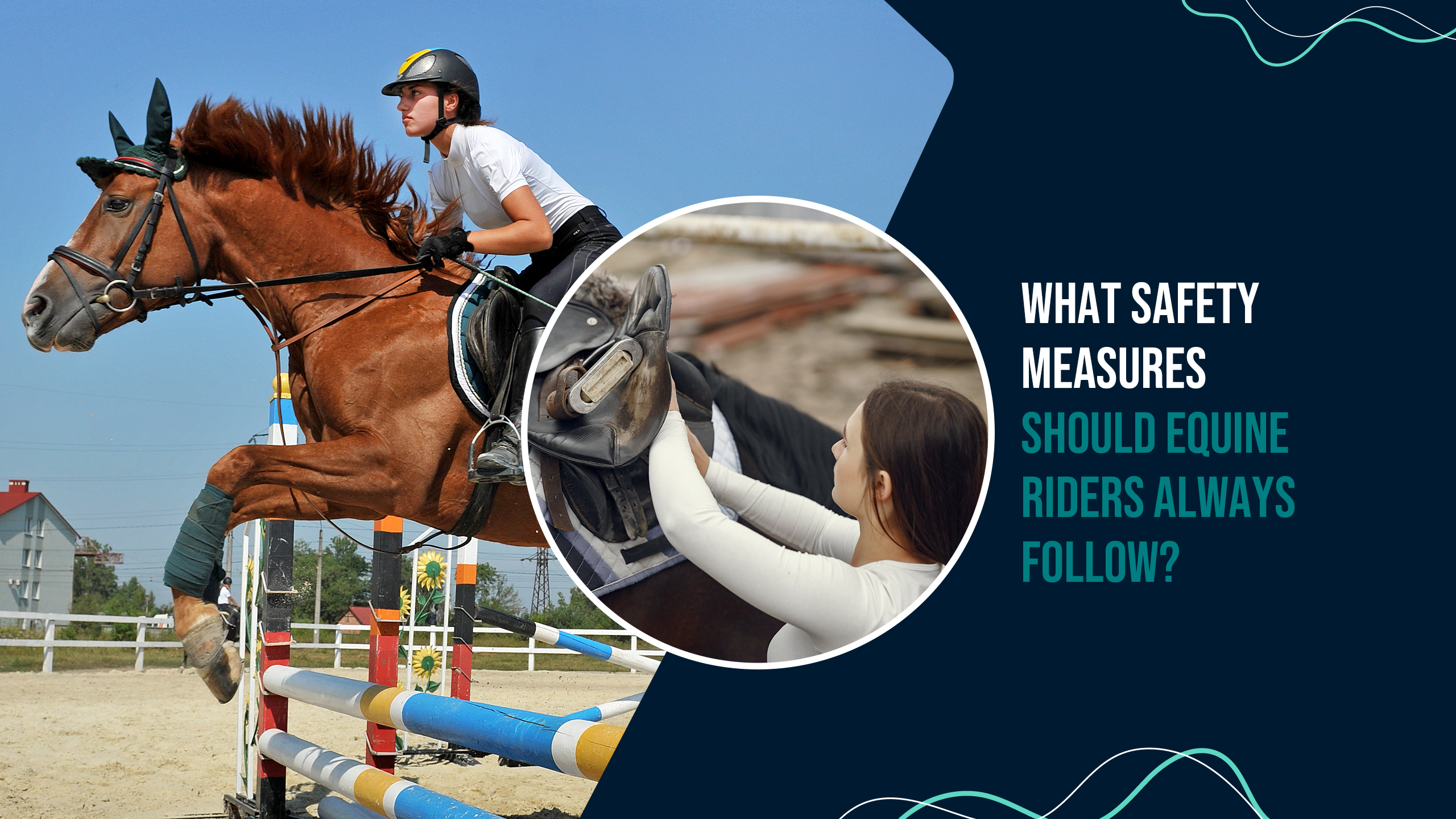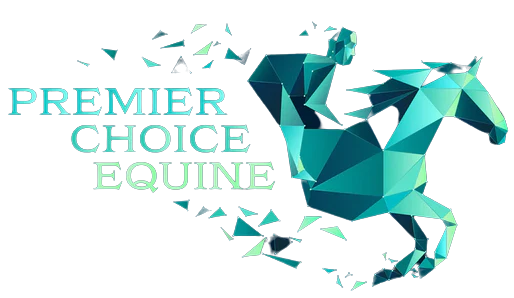
Horse riding is an exhilarating and rewarding experience, but it’s not without its risks. Whether you are an experienced rider or a novice, safety should always be a top priority. Understanding and implementing key safety measures can significantly reduce the risk of accidents and injuries while riding horses.
In this comprehensive blog, we will explore the importance of safety in equine riding and provide essential tips and techniques to ensure a safe and enjoyable experience for all equine riders.
Importance of Safety in Equine Riding
Equine riding is a physically demanding activity that requires skill, balance, and coordination. It is vital for riders to prioritize safety to prevent accidents and injuries. The wellbeing of both the rider and the horse should always be taken into consideration. By following proper safety protocols, you can minimize the risk of accidents and create a secure environment for yourself and your equine companions.
Safety starts before you even mount a horse. It is essential to wear appropriate safety gear, such as a helmet, to protect your head from potential injuries. Additionally, you should ensure that your equipment, such as saddles and stirrups, is in good condition and properly fitted to avoid any discomfort or accidents during the ride.
Essential Safety Gear for Equine Riders
Wearing the right safety gear is paramount for every equine rider. The most crucial piece of equipment is a well-fitted helmet. A helmet protects the head from potential injuries in case of falls or collisions. It is essential to choose a helmet that meets safety standards and fits properly to provide optimal protection.
In ensuring rider safety, it's crucial to wear not only a helmet but also the appropriate footwear. Boots with a low heel and a sturdy sole provide better grip in the stirrups and reduce the risk of the foot slipping through. Gloves can also be beneficial, as they improve grip and protect the hands from rope burns or blisters caused by the reins.
Other safety gear that you may consider include body protectors, which offer additional protection to the chest, back, and sides, and reflective vests for increased visibility, particularly when riding on roads or in low-light conditions. It is important to invest in quality safety gear and regularly inspect it for any signs of wear and tear.
Proper Horse Handling and Groundwork Techniques
Before mounting a horse, it is crucial to establish a foundation of trust and respect through proper horse handling and groundwork techniques. Groundwork involves working with the horse from the ground, teaching it basic commands and exercises that translate into a better riding experience.
One essential aspect of horse handling is understanding their body language. Horses communicate through subtle cues, such as ear position, tail movement, and facial expressions. By learning to interpret these signals, you can anticipate the horse's reactions and respond accordingly, avoiding potential safety hazards.
Groundwork exercises, such as leading, lunging, and desensitizing, help establish boundaries and develop a respectful relationship with the horse. These exercises also contribute to the horse's physical and mental wellbeing, making them calmer and more responsive during rides. Taking the time to engage in groundwork can significantly enhance the safety and overall experience for both the rider and the horse.
Basic Riding Skills and Techniques for Safety
Developing basic riding skills and techniques is essential for safe equine riding. You should first take lessons from a qualified instructor to learn proper riding posture, balance, and control. Understanding how to maintain a secure seat, use correct rein and leg aids, and communicate effectively with the horse are fundamental skills that contribute to a safe riding experience.
Additionally, you should be aware of the different riding styles and disciplines and choose the one that suits your abilities and interests. Each style has its own set of safety considerations and techniques. Learning from experienced riders and participating in training programs can help riders improve your skills and ensure a safer riding experience.
Understanding Horse Behavior and Body Language for Rider Safety
Horses are intelligent and sensitive animals that communicate through their body language. Understanding horse behavior and being able to interpret their cues is essential for rider safety. By recognizing signs of stress, fear, or discomfort, you can adjust your approach and prevent potential accidents.
Some common signs of horse distress include pinned ears, tail swishing, raised head, or sudden changes in behavior. You should also be aware of signs of pain or discomfort, such as limping or resistance to certain movements. By addressing these issues promptly and seeking veterinary attention if necessary, you can ensure the horse's wellbeing and safety.
Emergency Preparedness and First Aid for Equine Riders
Even with all the precautions taken, emergencies can still occur while riding horses. Equine riders should be prepared for such situations by carrying a first aid kit specifically designed for horse-related injuries. The kit should include items such as bandages, antiseptic ointment, scissors, and a thermometer.
Additionally, you should familiarize yourself with basic first aid techniques for both you and your horses. Knowing how to administer CPR, control bleeding, and treat common injuries can be life saving in critical situations. Taking a first aid course specifically tailored for equine emergencies can provide riders with the necessary skills and knowledge.
Safety Guidelines for Riding in Groups or at Events
Riding in groups or participating in events can be an enjoyable experience, but it also requires additional safety considerations. When riding in a group, riders should maintain a safe distance from each other to prevent accidents caused by horses bumping into one another. Clear communication and signaling are crucial to ensure the safety of everyone involved.
During events, you should familiarize yourself with the rules and regulations specific to the discipline or activity. Adhering to these guidelines ensures a fair and safe environment for all participants. It is also important to be aware of the event's emergency procedures and know the location of medical personnel and facilities.
Conclusion
Equine riding is a thrilling and fulfilling activity, but it comes with inherent risks. By implementing key safety measures, you can minimize the likelihood of accidents and injuries and create a secure environment for you and your equine companions.
From wearing appropriate safety gear to understanding horse behavior and body language, each step towards safety contributes to a safer and more enjoyable riding experience. By prioritizing safety and continuously improving their skills and knowledge, equine riders can fully embrace the joy and adventure that horse riding offers.
Remember, safety should always be the rider's top priority. So saddle up, stay safe, and enjoy the incredible journey that equine riding provides!
